Why The Kirkland Signature 2023 Golf Ball Could Offer The Best Bang For Your Buck
Mike Bailey replaced his regular golf ball with the latest Kirkland Signature ball, and discovered he might have a new go-to...

For the price, you can’t beat the latest version of the Kirkland Signature ball. It might not be the best ball on the market, but we saw little difference between the Kirkland Signature and balls that cost two or three times as much.
-
+
Great value
-
+
Holds greens well on approach shots
-
+
Decent feel for putting and around the greens
-
+
Similar distance to most other balls (Struck with average to slightly above average swing speeds)
-
-
Still spins up for faster swingers
Why you can trust Golf Monthly

Over the past few years, from time to time, I’ve found a few Kirkland balls on golf courses, and then actually played a few holes with them. I didn’t have a Costco membership, so I never bothered to buy them, but in the back of my mind, even with the earlier versions, it always seemed like a decent ball to me that could compete with the best value golf balls. And I knew they weren’t expensive.
More recently, however, I was asked to evaluate version 3 of the Kirkland Signature ball. Ironically, I had just purchased a Costco membership, so I ran down to my local store and bought a couple of dozen for around $30, including tax and have been playing with them ever since. (Non-Costco members can purchase the Kirkland balls online.) They are offered in white and yellow. Unfortunately I wasn’t able to find them in yellow, so I went with the white.
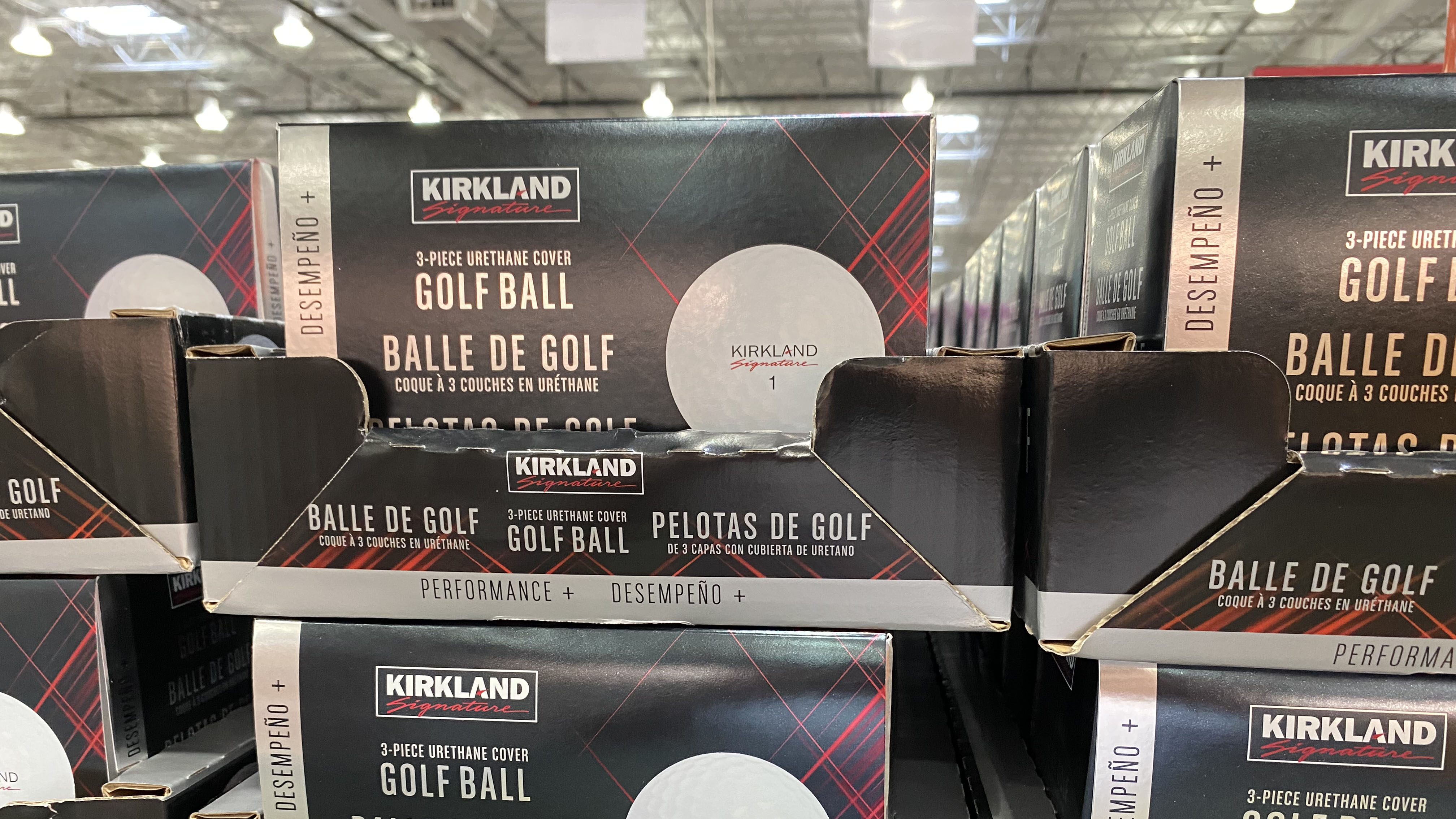
My overall impression is that they certainly didn’t hurt my game or my scores. But I did take a few notes, and even got on the simulator to see if the numbers confirmed what I was feeling out on the course.
First and foremost, testing this golf ball after a few rounds on the golf course is about one thing, and that is would I continue to play it? And the answer to that is yes, especially if I’m buying my own golf balls. I don’t normally lose a ton of golf balls, so it’s not even about that. I’m an avid tennis player, and we open a new canister of Penns or Wilsons for each match. It’s not quite as critical in golf to always have a new sleeve of balls when playing a round of golf, but that would be my preference. And with that said, $28 for two dozen urethane three-piece golf balls is pretty appealing compared to $100 or more for two dozen of the best premium balls. These are actually priced less than most surlyn-cover golf balls, too, and there aren’t any surlyn balls I would play over the Kirkland Signature. (Surlyn is harder and generally produces much less short game spin than urethane.)
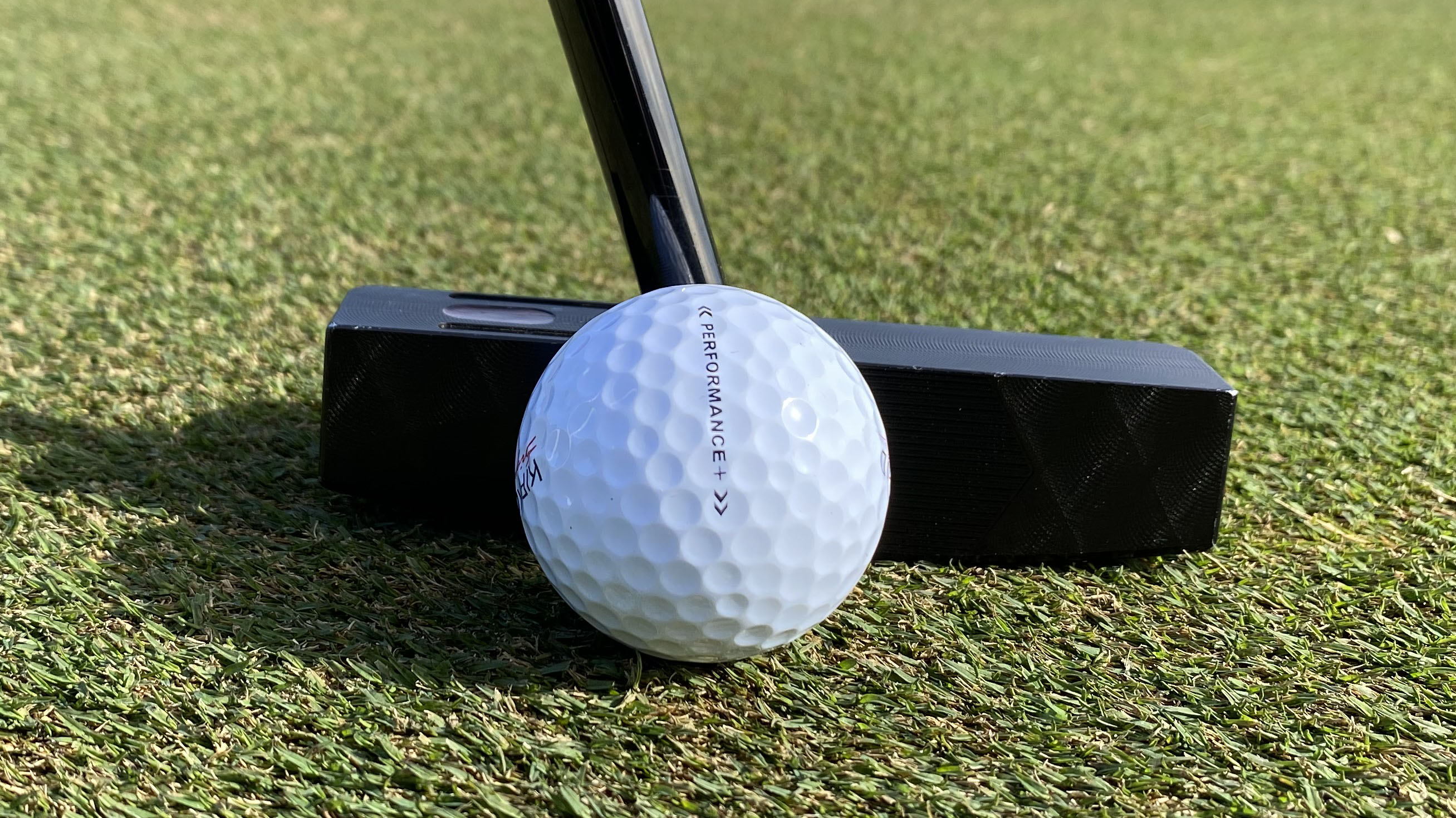
But I wouldn’t recommend this ball for players with high swing speeds (around 105 mph or more). My guess is they would never consider the Kirkland ball anyway. It would definitely spin too much for them, and they need a firmer, higher compression ball like the Titleist Pro V1x in most cases for maximum distance and spin control. But for everyone else, I can’t imagine this ball would hurt their games.
So my review here is largely anecdotal. I don’t have access to robot testing, but I can use a launch monitor. The problem with the latter, of course, is that I can only see results from human swings, which, of course, in my case vary a lot more often than I care to admit. Still it did give me enough numbers to draw some of my own conclusions. But more on that in a bit.
What I experienced on the course where I play most often is that my tee shots, when struck solidly, were winding up in the same places they do with the other balls I play. (I normally play the Callaway Chrome Soft or Srixon Z-Star.) And the same was true for approach shots of various distances. I generally hit my 8-iron about 150-155 yards in the air, and when I had that shot with the Kirkland ball, and struck it solidly with the same club, they were pretty much ending up close to pin high.

I had heard reports that earlier versions of the Kirkland balls were too spinny, and this latest version has a firmer feel to it. I certainly didn’t feel like there was too much backspin, but a couple of draws that turned into hooks (my tendency with short irons) did seem to turn even more with Kirkland ball. But again, maybe I just closed the clubface harder. The bigger fear of the excessive spin claims with the Kirkland ball is that slicers might have more trouble with them. The shape of my swing, for better or worse, doesn’t lend itself to a slice (I have a hard time cutting the ball in general), so I can’t speak to that.
So when I went to the simulator to test the Kirkland against other balls, I looked at those spin numbers. With a 7-iron, for example, my total spin numbers on average were around 5,000 rpm with a launch angle of just under 20 degrees and ball speed of 107mph with the Kirkland ball. That average was slightly above the average number I got with the Titleist Pro V1 (around 4,850 rpm), so no, I didn’t see any appreciable difference. Total distance on the balls was also about the same, in the 160-165 yard range.
My average driver distance on the simulator was around 250 yards with both. My longest drive - I hit about 20 drives with each ball - was 266 yards with the Kirkland ball, 271 yards with the Pro V1. So for me, there’s very little difference. Again, though, my driver speed ranges from the mid 90s to upper 90s. My guess is that the results will differ with much higher swing speeds. Both also had similar spin rates.
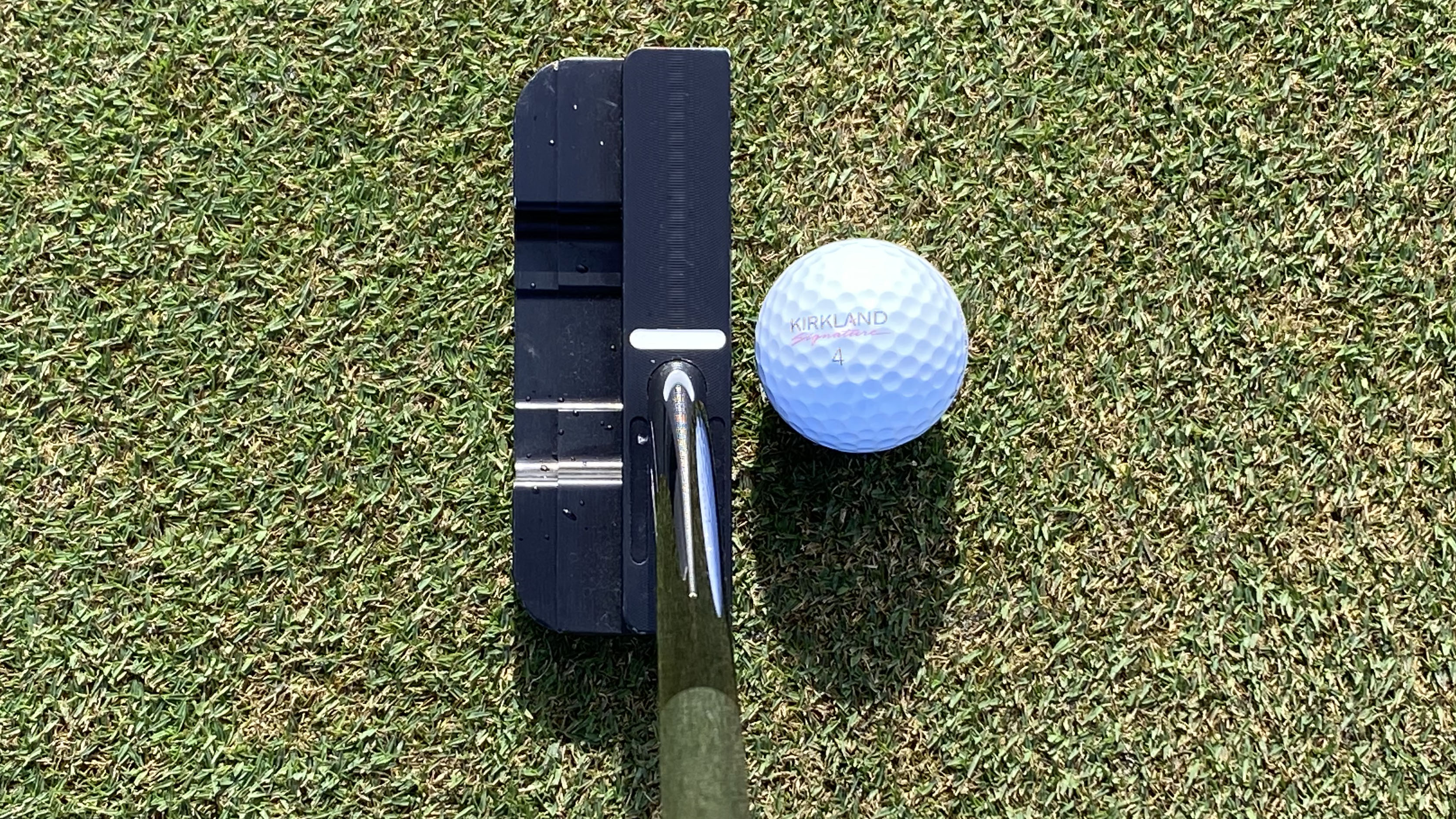
I also saw reports that claimed the Kirkland Signature ball didn’t feel good or roll well off the putter. Again, without a robot, it’s difficult to confirm or deny the latter claim, but my personal experience with the Kirkland ball was that it felt like most balls I’ve putted with, and it seemed to roll pretty true. During my rounds with it, I made my share of putts, a couple from 20 feet or more. On a putting green, I tried several different balls and closed my eyes while striking the putts. I really couldn’t tell much difference between any of the urethane covered golf balls, but perhaps because the Kirkland cover might be a little thinner, it didn’t feel quite as soft.
One thing I will point out is the cosmetics of the Kirkland ball could be a little better. The way you can tell this is version 3 is where it says “Performance” in small type surrounded by double arrows on both sides. It’s not the best alignment marking, so I actually used a stencil to mark mine because I do like that aid for putting. And the Kirkland Signature logo on the ball isn't very appealing either.
Unlike the makers and sellers of other golf equipment brands, Costco doesn't exactly promote their golf products with the golf media. So we’re not getting the hype behind whatever technology goes into these balls. But we do know Titleist claimed multiple patent infringements over Costco’s earlier 4-piece version of the Kirkland Signature ball, and they settled out of court. All I know is that it’s a decent golf ball, and many other golfers seem to agree. So if you’re not super particular and have never tried the Kirkland ball, you might want to give it a spin, so to speak.
Become a Costco Member | from $60 per year at Costco.com
To take advantage of all of the fantastic value Kirkland golf balls, wedges, and new driver coming in 2024, sign up to be a Costco member. Prices start from just $60 a year and anyone can sign up.
Get the Golf Monthly Newsletter
Subscribe to the Golf Monthly newsletter to stay up to date with all the latest tour news, equipment news, reviews, head-to-heads and buyer’s guides from our team of experienced experts.

Mike has worked in the golf industry for nearly 30 years with full-time staff positions at publications and websites that include PGA Magazine, the Golfweek Group, and GolfChannel.com. He is currently writing for several different sites and magazines and serves as a contributing equipment writer for Golf Monthly, focusing on irons, shoes and the occasional training aid or piece of technical equipment.
Mike has experienced a number of highlights in his career, including covering several Ryder Cups, PGA Championships and the Masters, writing instruction pieces and documenting the best places for golf travel for more than a decade.
Mike carries a 7.6 handicap index and has two hole-in-ones, the most recent coming in February 2022. A resident of Texas for more than 40 years, Mike plays out of Memorial Park Golf Course (home of the Houston Open on the PGA Tour).
-
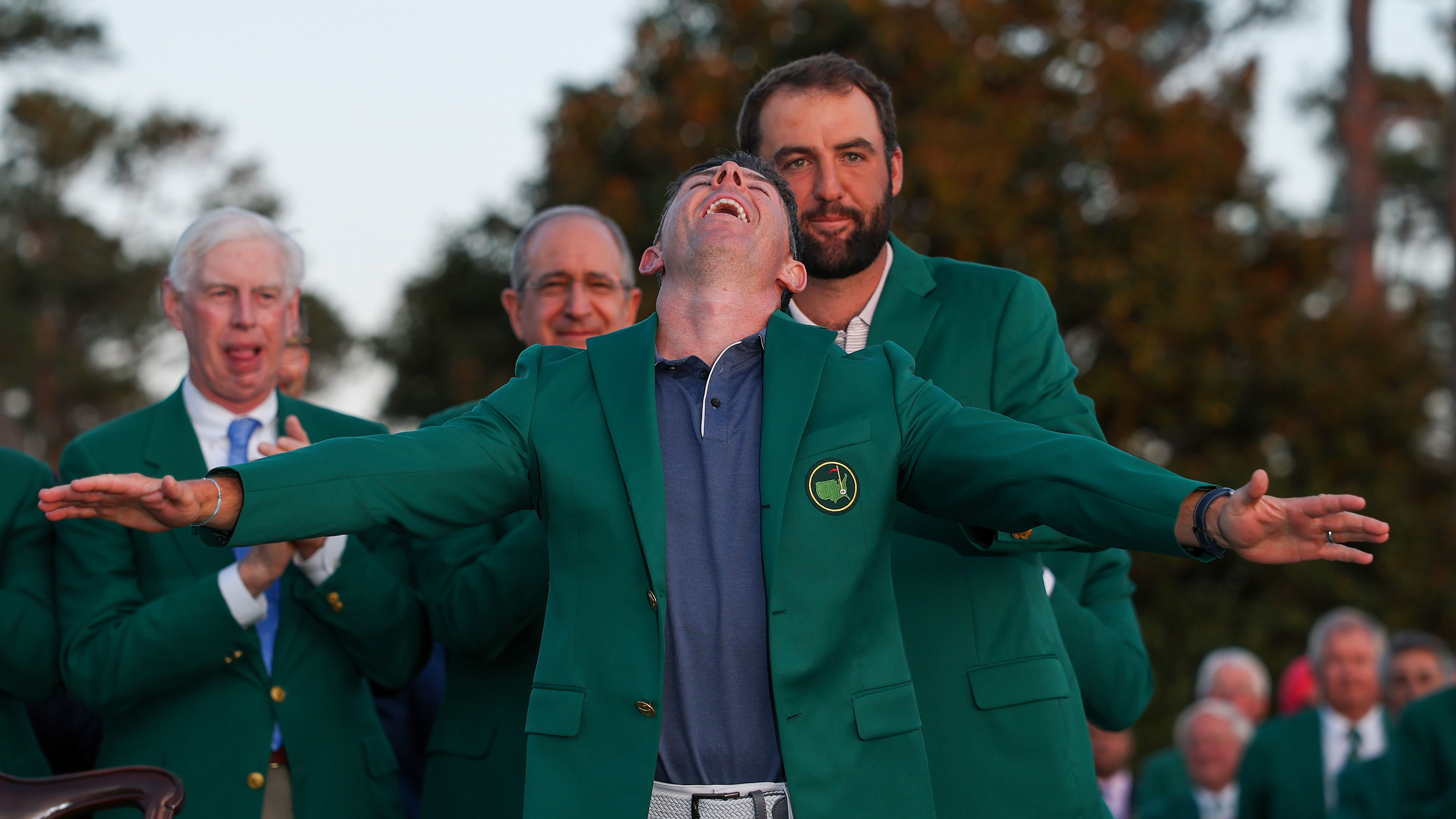 'It Was A Nice Touch And A Little Bit Ironic At The Same Time' - Past Champion Makes Heartfelt Gesture To Rory McIlroy Before Masters Victory
'It Was A Nice Touch And A Little Bit Ironic At The Same Time' - Past Champion Makes Heartfelt Gesture To Rory McIlroy Before Masters VictoryThe Northern Irishman received a good luck message in his locker from a certain former champion prior to Sunday's find round
By Michael Weston Published
-
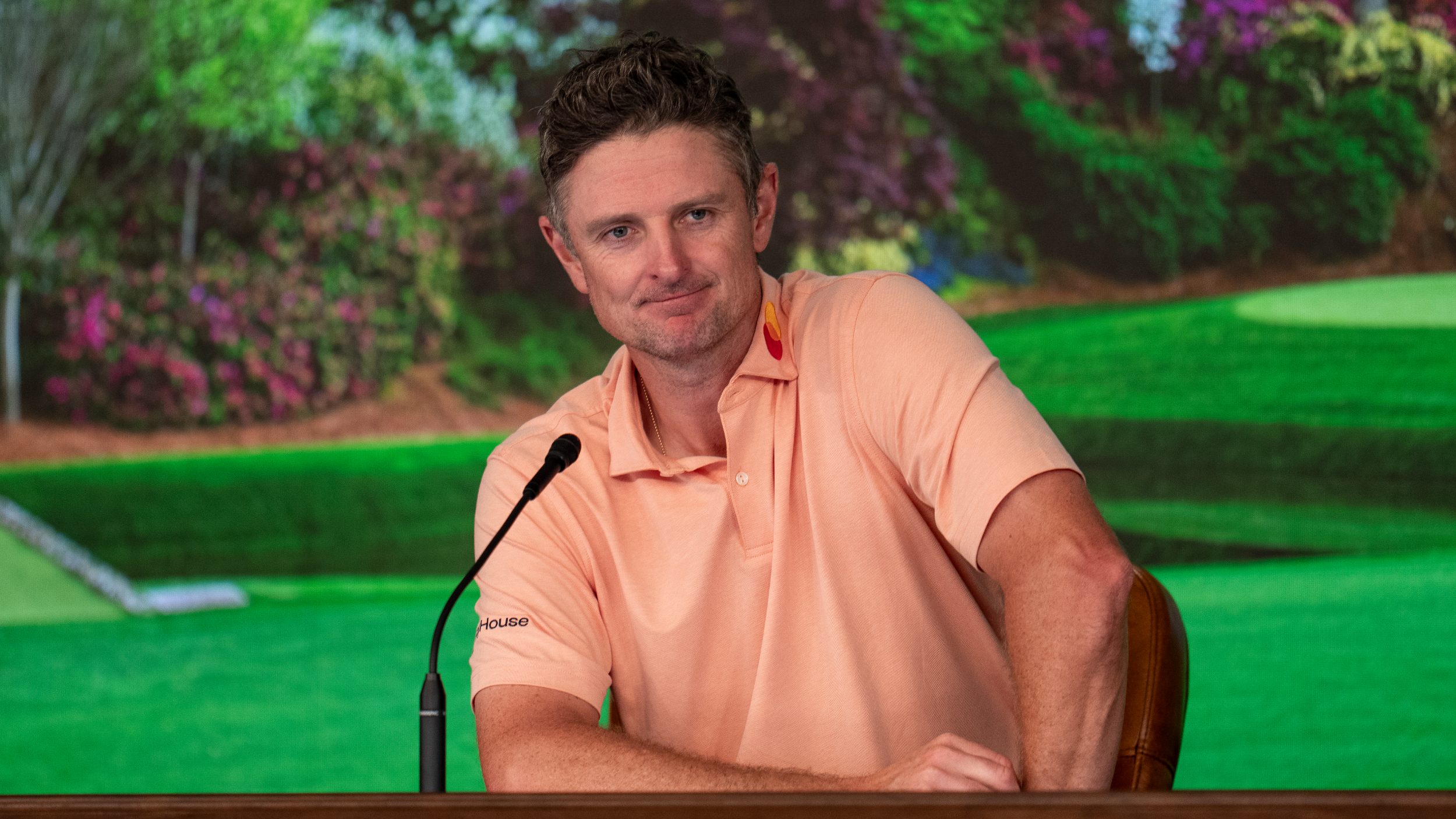 Golf's Good Guy Justin Rose Shares Extraordinary First Words To Rory McIlroy After Englishman's Second Masters Playoff Heartbreak
Golf's Good Guy Justin Rose Shares Extraordinary First Words To Rory McIlroy After Englishman's Second Masters Playoff HeartbreakJustin Rose gave a typically classy response after his agonizing playoff defeat to Rory McIlroy at The Masters
By Mike Hall Published
-
 'Welcome To The Club' - Tiger Woods Leads Praise For Rory McIlroy After Masters And Grand Slam Glory
'Welcome To The Club' - Tiger Woods Leads Praise For Rory McIlroy After Masters And Grand Slam GloryA host of famous sports stars and celebrities have been quick to praise the Northern Irishman after his incredible victory at Augusta
By Michael Weston Published
